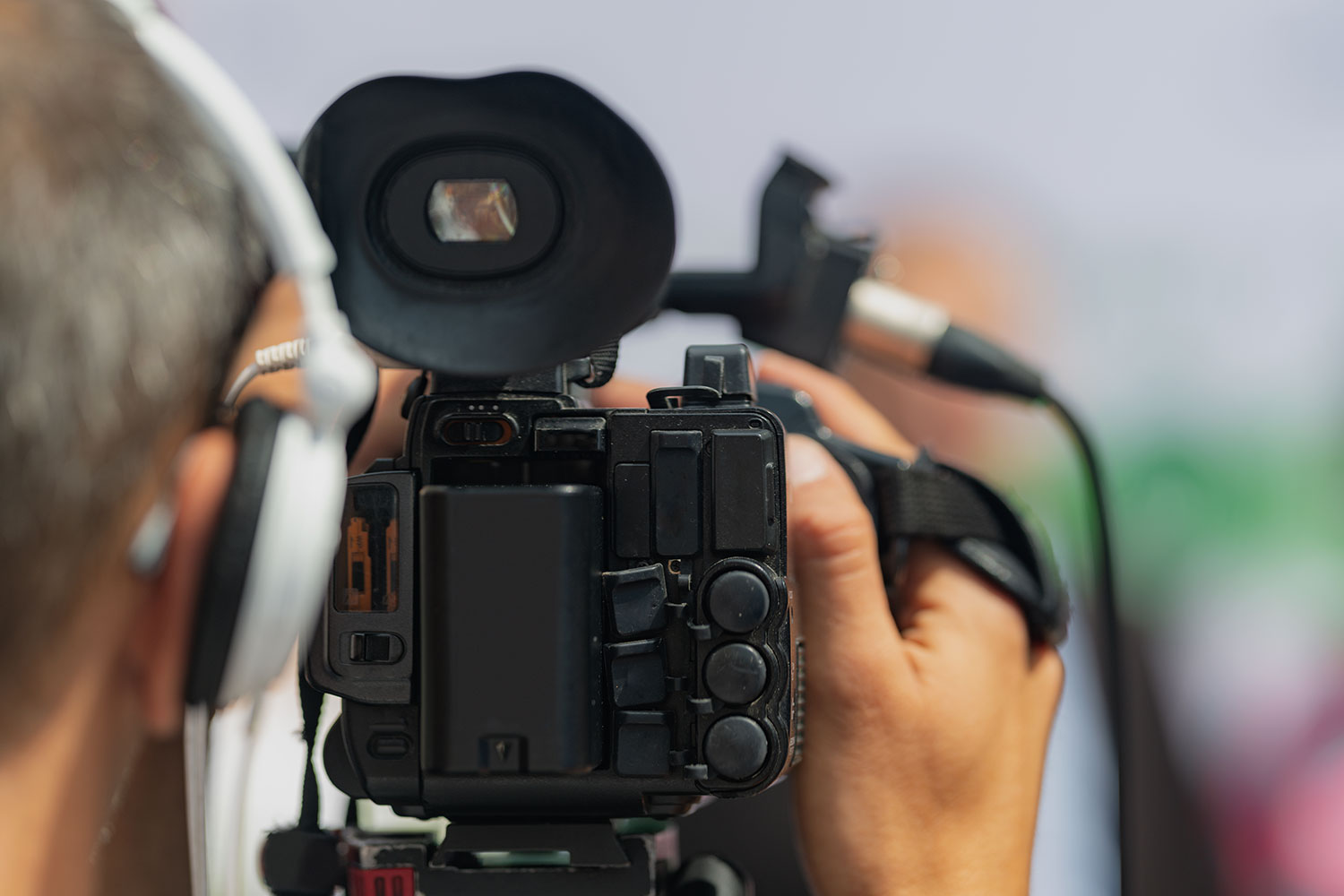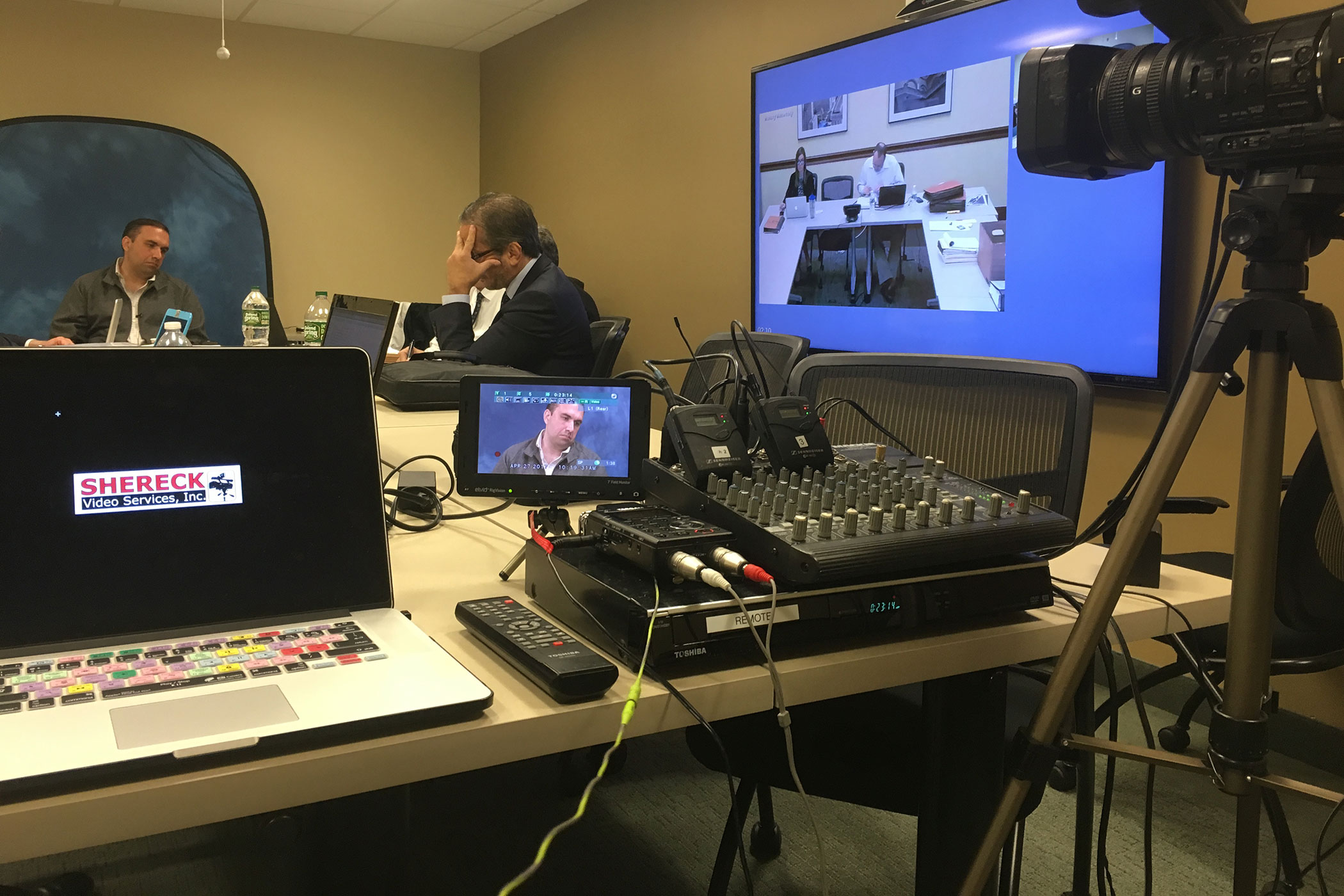How Legal Videography Improves the Accuracy of Legal Proceedings
Why Legal Videography Is Important for Accurate Court Recordings
The duty of legal videography in court settings can not be overstated, as it functions as an important tool for maintaining the integrity of court documents. By capturing both spoken and non-verbal communication, it improves the clarity of witness statements and shows the subtleties of court room communications. This detailed documents not just aids in decreasing potential misconceptions yet likewise sustains appellate reviews, thus strengthening the judicial procedure. The implications of incorporating legal videography into basic court room methods elevate important inquiries regarding its more comprehensive effect on the legal system. What might these ramifications entail?
Significance of Visual Evidence
In the world of legal procedures, the importance of aesthetic evidence can not be overemphasized. Visual proof acts as a powerful device in developing realities, substantiating statements, and boosting the general clearness of an instance. This sort of proof, which consists of photographs, videos, and representations, can offer a tangible context that verbal descriptions commonly do not have, therefore supplying juries and courts a more clear understanding of the situations surrounding a situation.
Moreover, visual evidence aids in the retention of details. Human cognition is naturally visual, and individuals are more most likely to bear in mind and understand info provided in a visual style. In the court, this can be vital, as engaging aesthetic proof can persuade opinions and strengthen the narrative presented by lawful representatives.
In addition, using visual proof can minimize misunderstandings and uncertainties that usually arise from verbal exchanges. By providing a direct depiction of events, visual proof helps to get rid of subjective interpretations and fosters a more unbiased assessment of the realities. As a result, the combination of aesthetic evidence right into legal procedures not only enhances the stability of the judicial process however also improves the probability of accomplishing a just outcome.
Capturing Non-Verbal Hints
Making use of sophisticated videography methods can substantially enhance the capture of non-verbal cues throughout legal process. Non-verbal interaction, consisting of facial expressions, body language, and eye contact, plays an essential function in sharing feelings and intents that might not be clearly mentioned in verbal testimony. legal videography. Legal videography employs high-def video cameras and calculated angles to make certain that these refined cues are tape-recorded with clarity and precision
The ability to examine non-verbal behavior can provide beneficial context to declarations made throughout court sessions. For example, a witness's unwillingness or self-confidence can be analyzed through their pose or motions, potentially influencing the jury's perception of trustworthiness. In addition, using close-up shots can help concentrate on a speaker's expressions, permitting an extra nuanced understanding of the statement.
Additionally, integrating multiple video camera angles can develop a comprehensive sight of communications, highlighting dynamics between events included. This multifaceted technique not only enhances the accuracy of the court record yet additionally aids in preserving the integrity of the judicial process - legal videography. Inevitably, recording non-verbal cues with legal videography cultivates a richer, a lot more total representation of courtroom procedures

Enhancing Testament Reliability
The reliability of testimony can be substantially reinforced with making use of high-grade legal videography. Video clip recordings act as an objective medium that captures not only the spoken words of witnesses yet additionally my explanation the subtleties of their distribution, consisting of tone, pacing, and psychological expressiveness. This diverse documents provides a clearer understanding of the witness's reputation and intentions, which can be essential in legal proceedings.
Furthermore, lawful videography reduces the potential for false impressions that may emerge from created records alone. When jurors can observe a witness's disposition and body language look at here together with their testament, they are much better equipped to assess the authenticity and integrity of the evidence presented. This visual context can enhance the testimonial story, making it more engaging and credible.
In addition, the existence of a video clip recording can hinder potential disparities in testimony. Witnesses might be a lot more careful in their declarations when they know they are being taped, resulting in more accurate and genuine accounts. Overall, high-quality lawful videography improves the integrity of statement, making certain that the court has accessibility to a total and honest depiction of the facts as shared by the witnesses.
Supporting Appeals and Reviews
Legal videography plays an essential duty in supporting allures and evaluations by providing a comprehensive visual document of court process. This aesthetic documents records not just the talked words of witnesses and lawyers but additionally the nuances of body language, tone of voice, and court room dynamics. Such aspects can be critical in comprehending the context of testaments and arguments offered.
In the appellate process, where the focus is on mistakes of legislation and procedural fairness, a video record can serve as a vital tool for appellate courts. It allows courts to review the original trial context, guaranteeing that choices are based on a total understanding of the process. The ability to aesthetically examine the attitude of witnesses or the interactions between celebrations can reveal insights that written records may overlook.

Additionally, legal videography can assist in making clear ambiguities in testaments or procedural rulings, thus strengthening the basis for a charm. By supplying a reliable, unbiased account of what transpired in court, lawful videography not just sustains the integrity of the lawful process yet likewise equips all celebrations involved to make enlightened decisions concerning their cases.
Enhancing Courtroom Procedures
Enhancing courtroom effectiveness, lawful videography simplifies processes by providing prompt accessibility to aesthetic records of process. This modern technology enables judges, attorneys, and juries to take another look at vital testament and evidence, making certain that all events have a clear understanding of the instance. By recording the subtleties of verbal and non-verbal communication, videography improves the document, making it less complicated to understand the context and weight of statements.

In addition, video clip recordings can assist in remote engagement in hearings, permitting higher adaptability in scheduling and involvement, which is especially useful in complex cases entailing numerous stakeholders.
Final Thought
To conclude, lawful videography plays a crucial function in guaranteeing precise court recordings by providing necessary aesthetic proof Recommended Reading that records both spoken and non-verbal interaction. This technique boosts the integrity of testimonies, supports appellate testimonials, and enhances courtroom processes. By fostering a thorough understanding of court room dynamics, legal videography inevitably adds to much more equitable judicial end results, reinforcing the honesty of the lawful system and promoting notified decision-making.